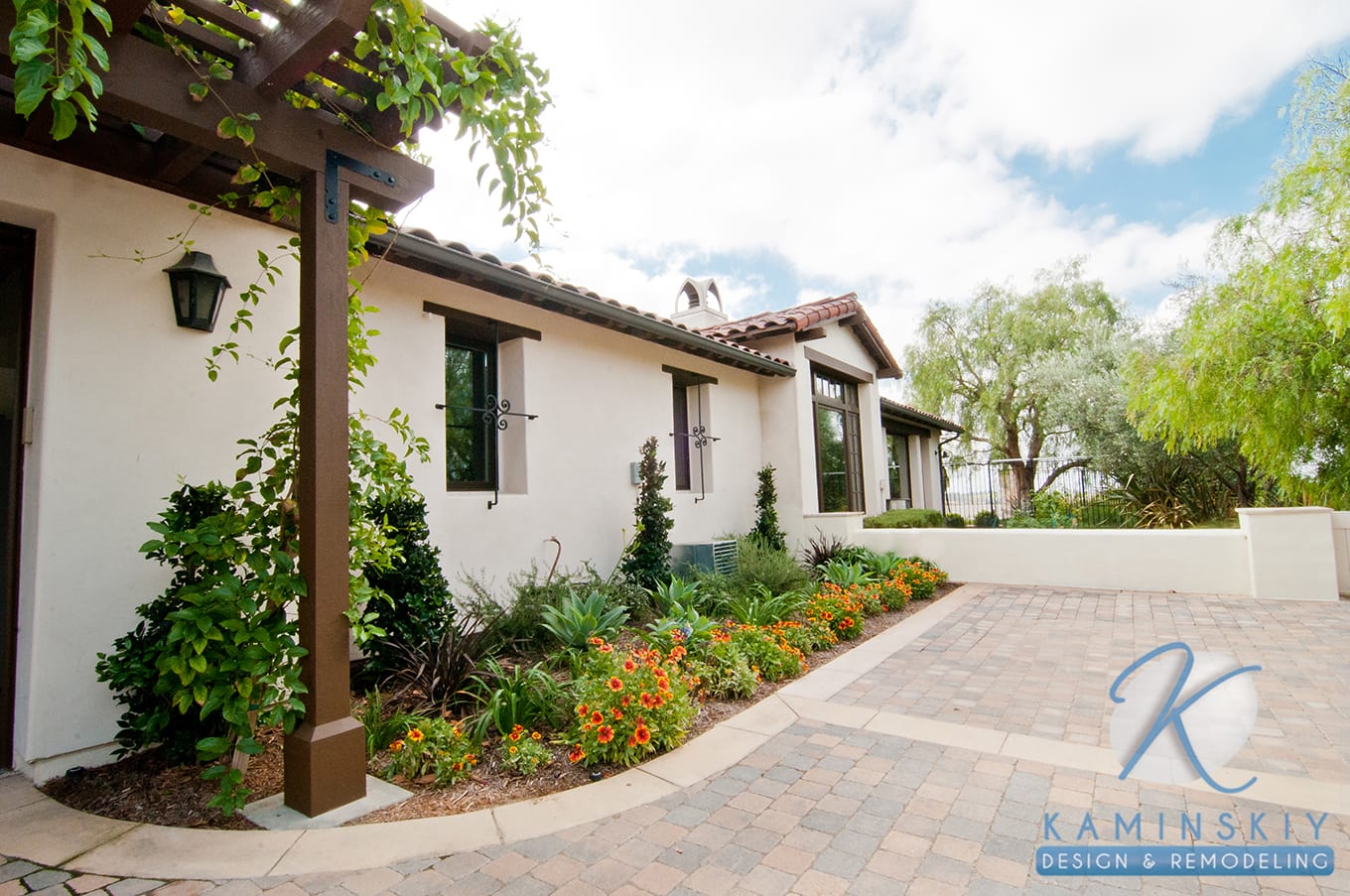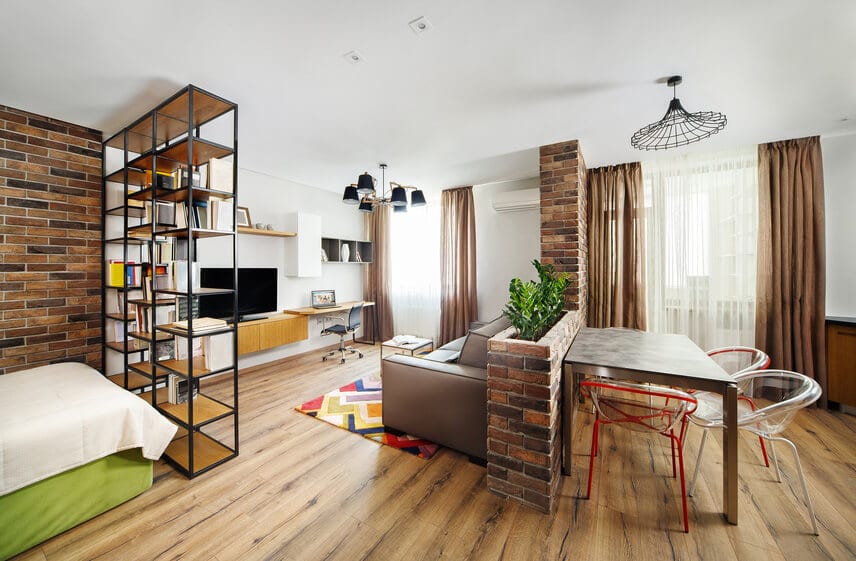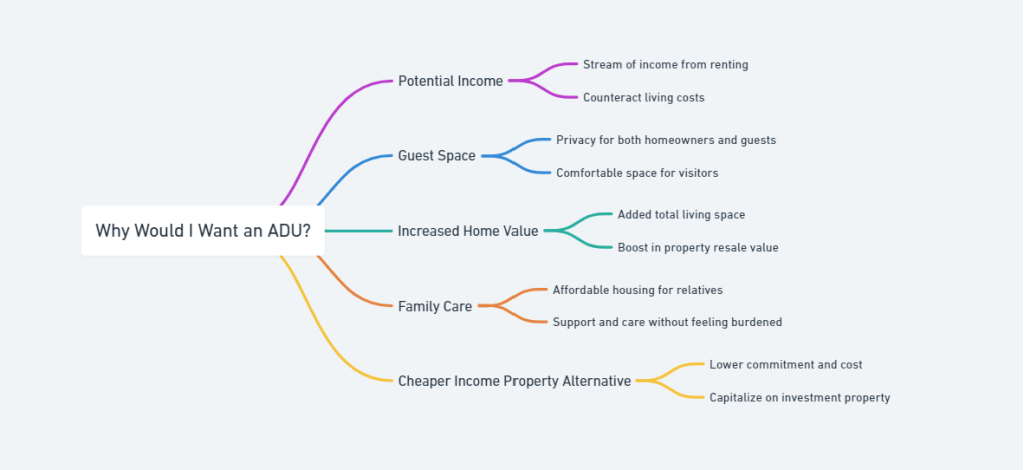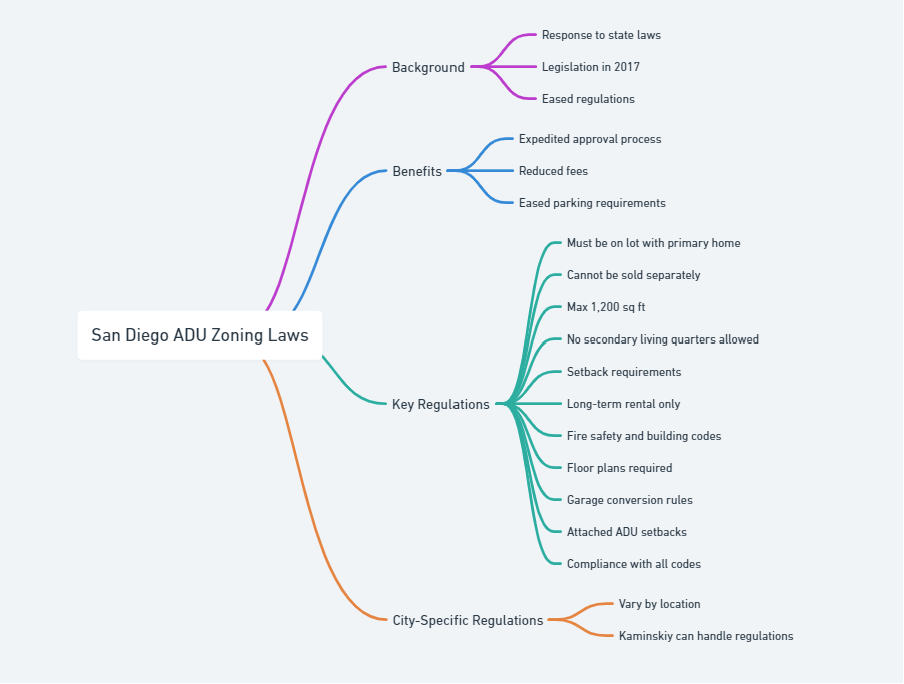
Your neighbor has one. Your coworker has one. Your sister-in-law can’t stop raving about hers, and your mother has hinted at how wonderful it would be for her. It seems like everybody’s doing it. By it, we mean building an Accessory Dwelling Unit, or ADU – an up to 1,200 square foot’ tiny house’ on your property.
With California Senate Bill SB1069 (which came into effect January 1st, 2017), San Diego’s zoning codes changed to allow the ADU – or granny flat – building process to be far easier and more affordable for homeowners. You may find yourself considering adding this secondary space to your property.
Before you break ground, let’s run through the benefits and regulations (which vary from city to city) that come with this addition so you can make the best decision for you and your home.
Chances are, you’ve heard of an ADU in some form or fashion, whether referred to as a granny flat, casita, guest house, in-law suite, carriage house, garden cottage, or even tiny house. Simply put, they’re smaller homes built on the same plot of land as a larger, primary house that can give homeowners the flexibility to share independent living spaces with family members, guests, and others.
ADUs can range from free-standing structures to larger above-garage apartments or even a converted garage. In order to be considered a true ADU (and rentable), the structure must provide a completely independent living facility for an individual (or more), including means for cooking, eating, sleeping, and sanitation.
Regardless of its physical form, an ADU is legally part of the same property as the main home and, due to recent shifts in regulations, has become wildly popular again.

While an ADU can go by many names, there are key differences between a true Accessory Dwelling Unit and a few of the various other terms used. Let’s discuss some of the main differences. An Accessory Dwelling Unit may not exceed 50% of the total home square footage with a maximum square footage of 1,200 feet and must contain means of cooking and sanitation.
An ADU is intended for independent living and is a wonderful option for homeowners hoping to offer a long-term rental. In order for an ADU to be rented out, the homeowner must live in the primary residence. Guest Living Quarters differ in that they are often more of a ‘detached guest room’, used as a sleeping space for ‘guests’ which cannot exceed 600 feet and is not intended for stays exceeding 30 days.
The reason is that guest living quarters often do not include plumbing or a kitchen. You may also have heard the term Junior Companion Unit, https://www.careddi.com/ which often refers to spaces created within a single-family home that can be a maximum of $500 square feet and would require a kitchenette but not a separate bathroom. This unit would not require additional parking.
Ultimately, deciding on which secondary living space is optimal for both you and your home comes down to desired use!
With so many people jumping on the ADU bandwagon, you might be asking yourself what exactly you’d get out of adding a secondary structure to your San Diego property. While the reasoning behind doing so varies from homeowner to homeowner, there are common themes behind their ADU inspiration.

Should you want to rent out your tiny secondary house to a long-term renter (assuming it meets all kitchen and sanitation requirements), it may provide a stream of income. This is an option for homeowners looking to get a little more income out of their properties, counteracting the largest costs of living.
You love your out-of-town visitors, whether it’s your best friend from college, your in-laws, or even your parents, but it isn’t always all that easy or relaxing to have them underfoot. Having a granny flat provides a nearby, comfortable nook that will give both you and your guests privacy and space.
Sure, you’ll need to have all the necessary permits in place. Still, once you’ve invested in an ADU for your San Diego property, you can reap the benefits of the added total living space and increased property value should you ever consider reselling.
Maybe you have an elderly parent or millennial child who is struggling to find affordable housing in the San Diego area, or perhaps you’d just like to be able to provide support and care for a family member who requires some assistance – an ADU offers the perfect balance of keeping a relative close without feeling burdened in your own space.
If owning a secondary piece of property isn’t in your budget, but you’d love to capitalize on an investment property, an AUD offers the best of both worlds. For many homeowners, ADUs are the perfect compromise because they have a much lower commitment requirement and cost.
In response to state laws softening regulations on granny flats, San Diego approved legislation in 2017 that made it easier and more affordable for homeowners to add an ADU onto their property in hopes of easing the housing crisis California is facing.
Doing so ultimately expedited the approval process and allowed many San Diego homeowners to consider this an option for their homes. Now, you can build an ADU on your property without all of the enormous fees and approval processing that plagued early ADU advocates.
Shifts such as diminished fees for permitting and easing up on parking spot requirements if the ADU is within one-half mile of public transportation make considering this property addition easier for many.

You may be wondering what these new zoning laws mean for your potential ADU. Before you consider signing off on this secondary home, consider the following regulations that yours must meet, as given by the County of San Diego, Planning and Development Services, with complete zoning details found here.
Even still, the granny-flat regulations are not exactly ‘one size fits all’. Before building your tiny home, you will have to consider the city-specific regulations that vary depending on where the home is for you in San Diego. Here are the ADU requirements for the City of San Diego as well as the County. Rest assured that at Kaminskiy, we can handle all of this for you, but we want to be sure you have all the information needed to make the best decision for your property.
Imperial Beach: No units with separate kitchens are allowed, but accessory buildings are allowed, which can serve as guest quarters as long as the project follows the code. The projects will be reviewed on a case-by-case basis.
City of San Diego: A companion unit is a dwelling unit that is an accessory used for a single dwelling unit on a residential lot that provides complete living facilities, including a kitchen, independent of the primary dwelling unit.
San Diego County: For a second dwelling unit, the maximum size is 1,200 square feet and must meet the minimum lot size.
Chula Vista: The maximum size for a secondary home is 850 square feet
Encinitas: For the legalization of the unit, the space must be brought into compliance with current building and fire codes and be rent-restricted.
In theory, ADUs are a wonderful tool in our fight against the California housing crisis – providing a potentially more affordable housing option for those who may be struggling to find ‘home’ in San Diego: recent college graduates with lower paying jobs or senior citizens on fixed incomes, for example. Because of the increase in property values, home costs, and general cost of living, many are finding that buying homes in California has gotten incredibly challenging, and ADUs are a great alternative. Long term, ADUs may offer homeowners a way to positively impact their community, property value, and family by offering more affordable housing options.
An Accessory Dwelling Unit (ADU) is a smaller home built on the same plot of land as a larger primary house. It provides a completely independent living facility, including means for cooking, eating, sleeping, and sanitation. It can be referred to as a granny flat, casita, guest house, in-law suite, and other names.
Benefits of having an ADU include potential income from renting it out, providing guest space for visitors, increasing the home’s value, offering care for family members, and serving as a cheaper income property alternative.
Some key regulations include: the ADU must be on a lot with a pre-existing primary home, cannot exceed 1,200 square feet, cannot be sold separately from the primary home, and must meet specific setback, fire safety, and building code requirements.
ADUs are intended for independent living and can be rented out long-term. Guest Living Quarters are more like detached guest rooms without plumbing or a kitchen and are not intended for stays exceeding 30 days. Junior Companion Units are spaces within a single-family home, up to 500 square feet, requiring a kitchenette but not a separate bathroom.
ADUs provide a more affordable housing option, helping to address the housing crisis in California. They offer housing solutions for recent college graduates, senior citizens, and others who might find buying homes challenging due to increased property values and living costs.

Kimberly Villa is a recognized expert in the Home Design and Remodeling industry. Her passion for the industry is matched only by her love for sharing insights, new trends, and design ideas. Kimberly’s expertise and enthusiasm shine through in her contributions to the Kaminskiy Design and Remodeling website blog, where she regularly shares valuable information with readers.